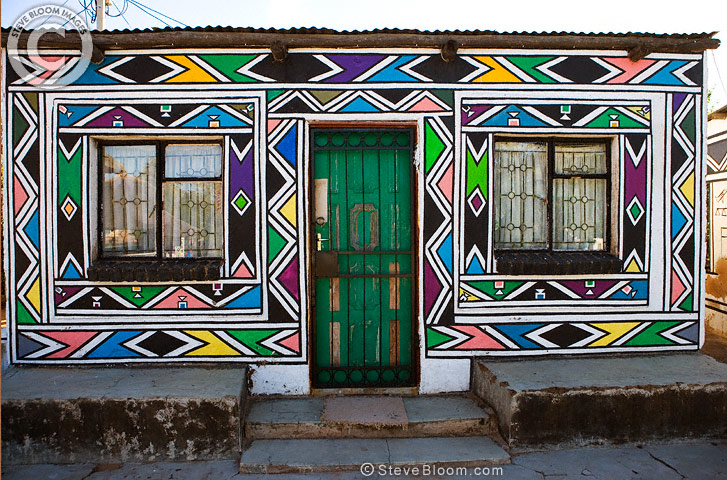
Traditionally associated with the domestic labour of women, embroidery has rarely in any world context been accorded the high status of other art forms of its time. Of all the traditional handicrafts, there is perhaps none more time-consuming and requiring of exceptional skill than Korean hand embroidery. Korean hand embroidery & jogakbo (patchwork) You can read the fascinating interview here.

He advocates a shifting of the contemporary mindset towards crafts from ‘display’ to ‘lifestyle’, arguing that “crafts are a form of art intimately tied to the everyday.” He also compares the achievements and approaches of the Korean and UK craft industries, and discusses how exchange with British institutions such as the Victoria and Albert Museum have played a part in promoting traditional Korean crafts abroad. In a recent interview with KOREA Magazine, the new President of the Korea Craft & Design Foundation, Kim Tae-hoon, shared his vision for the direction of Korean craft culture. Handicrafts are now showcased in exhibitions and galleries, providing a unique window into Korea’s past. However, the National Intangible Heritage Centre and the Korea Cultural Heritage Foundation have worked to preserve these traditional art forms, with practitioners handing down their crafts to assistants just as masters would teach their crafts to apprentices in generations past. The development of machinery has meant that there is no longer any need for handicraft practitioners to devote expert and intensive labour to producing household items such as furniture or pottery.

In Korea, special efforts to preserve these crafts in the face of rapid industrialisation have elevated them to the level of fine art. From the elaborate gold crowns of the Three Kingdoms period (57 BC – 668 AD) to the world-renowned celadon of Goryeo (918–1392) and the splendid mother-of-pearl lacquerware of the Joseon dynasty (1392–1897), each type of craft expresses the ideas, techniques and artistry of its time.

This encompasses religious items used at temples, exquisitely decorated royal ornaments with their connotations of splendour and power, and of course the ordinary household objects or “folk” crafts used by the masses.Įach era in Korean history was accompanied by its own unique developments in craft. The category of “craft” is quite broad, connoting all types of household items, furniture, and other accessories that people have devised to make their lives more comfortable and convenient.

Crafting through time: the development and preservation of Korean handicrafts


 0 kommentar(er)
0 kommentar(er)
